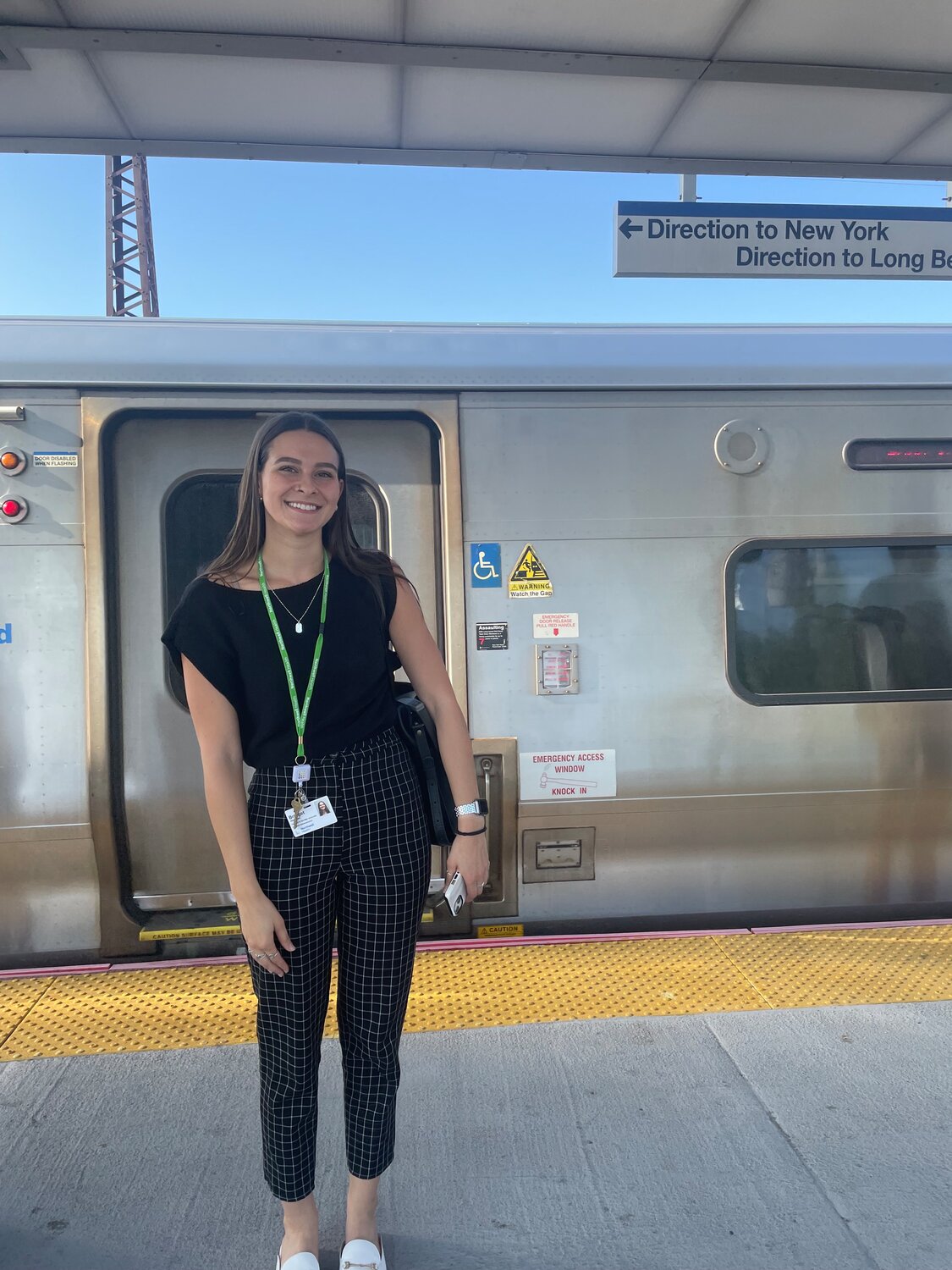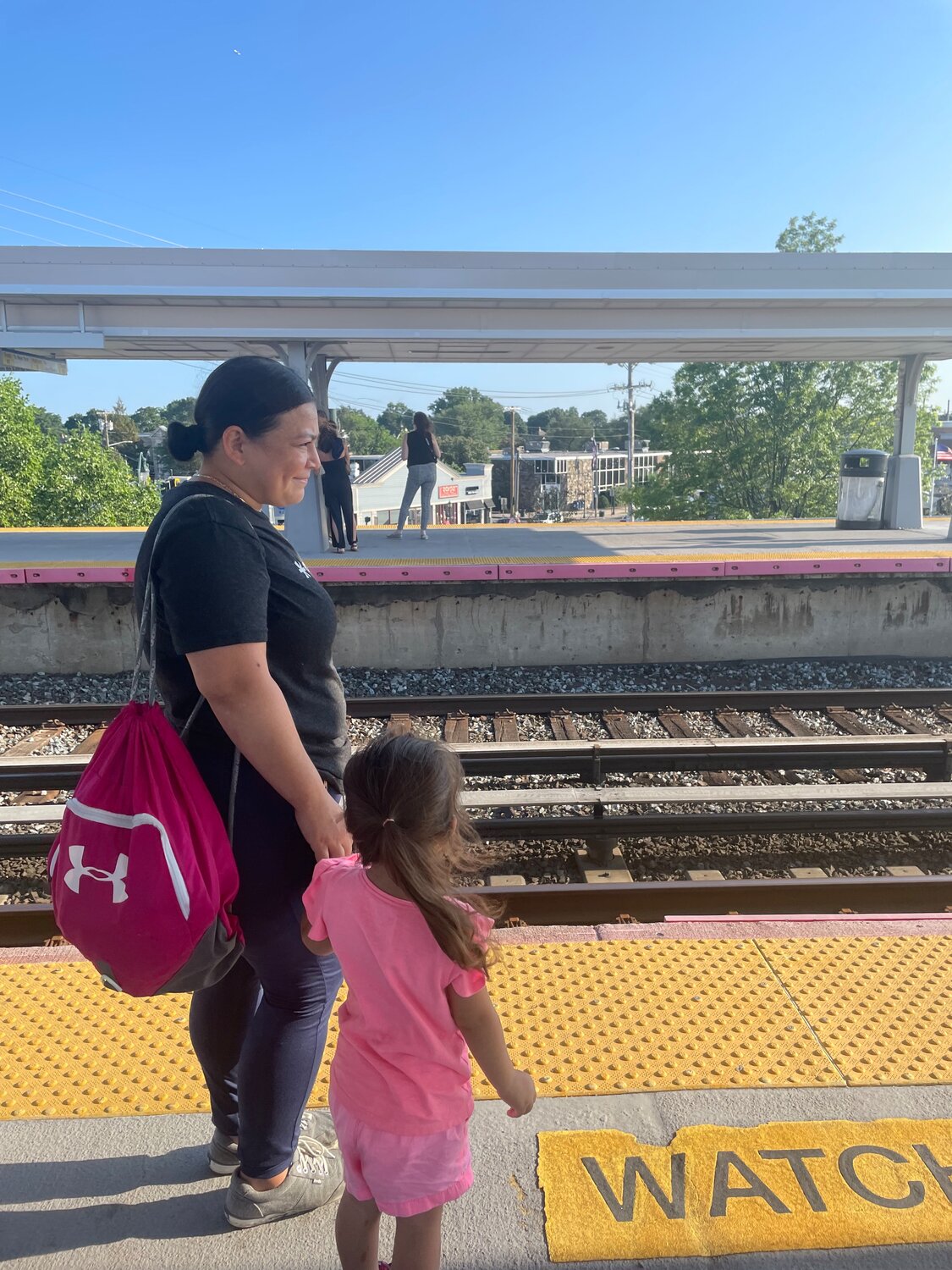How much will the MTA fare hike affect you?
Starting on or around Aug. 20, Long Island Rail Road riders can expect a modest uptick — roughly 4.3 percent — in the price of their weekly and monthly tickets. The Metropolitan Transportation Authority, the LIRR’s parent company, voted unanimously to raise the base fare prices for LIRR train trips earlier this month for the first time in four years.
The price increase translates to a few extra cents for each ticket. A one-way ticket from Long Beach to Manhattan, for example, will cost an extra 50 cents, from $14 to $14.50 during rush times, and will rise from $10.25 to $10.75 during non-peak hours.
While the agency customarily raises fares every two years, MTA officials held off on an anticipated round of fare increases in 2021 for fear it would drive away commuters from using mass transit at a time when winning them back was key. It also still had billions of dollars in federal relief from the coronavirus pandemic it could tap into.
The situation came to a head earlier this year when the MTA said it faced a projected budget gap of $2.5 billion by 2025. The agency has since managed to stave off financial ruin and avoid making drastic service cuts after Gov. Kathy Hochul and lawmakers promised to pump millions of dollars in added funding.
“We have to face the harsh reality of MTA’s fiscal cliff,” noted Hochul in her 2024 executive budget address. “A problem that was created by almost the complete cessation of ridership during the pandemic — except for emergency workers, first responders, and health care workers.”
Critics and observers, however, argue that the MTA’s budgetary problems reach back decades of fiscal troubles and structurally shabby budget practices resulting in expenses outpacing revenue.
The current fare bump — and those still on the way — are part of the roughly $1.3 billion bailout deal struck between the transit giant and Albany, said MTA chair and chief executive Janno Lieber.
On balance with the LIRR dropping fare prices by 10 percent last year, “the fares are still (comparatively) lower than they used to be, even though everything else in life has gone up,” Lieber said.
For some people in Lynbrook, a 10 percent or 50 cent increase per ticket isn’t going to break them. Isaac Schechtman takes the train from Lynbrook into the city up to ten times a week, depending on his hybrid work schedule.
“At the end of the day it’s not going to break the bank,” Schechtman said.“So I’m not happy about it, but it’s not going to have a massive effect. I have to go to work. I’m going to be on the train no matter what.”
But for other residents, 50 cents a ride can add up. Bridget Hartman just started commuting daily from Manhattan to Lynbrook a week ago for her job at a nearby hospital, and the commute costs are already piling up.
“I’m already living in the city and commuting here, so my transportation budget is already a bit tight.,” Hartman said. “It’s not great, but I’m still going to have to do it.”
The rising prices are particularly impactful for people whose families rely on them. Jocelyn Garcia commutes for work daily with her two-year-old daughter Ariana. The rising ticket prices would affect her “a lot,” she said. “I take the train twice a day.”
Matthew Troche, 16, takes the train into the city relatively often, but is more concerned with how the price increases will affect his mother.
“It definitely affects the budget,” Troche said. “My mom’s a single mom, so she’s working a nine-to-five, trying to provide. But it can’t change how much she takes the train because she’s still got to get to work every day.
“One 50 cents is not a lot, but after weeks and weeks that adds up. 50 cents goes a long way.”
For more information, visit tinyurl.com/MTARateHike2023.
— Juan Lasso contributed to this story.

 66.0°,
Shallow Fog
66.0°,
Shallow Fog 









